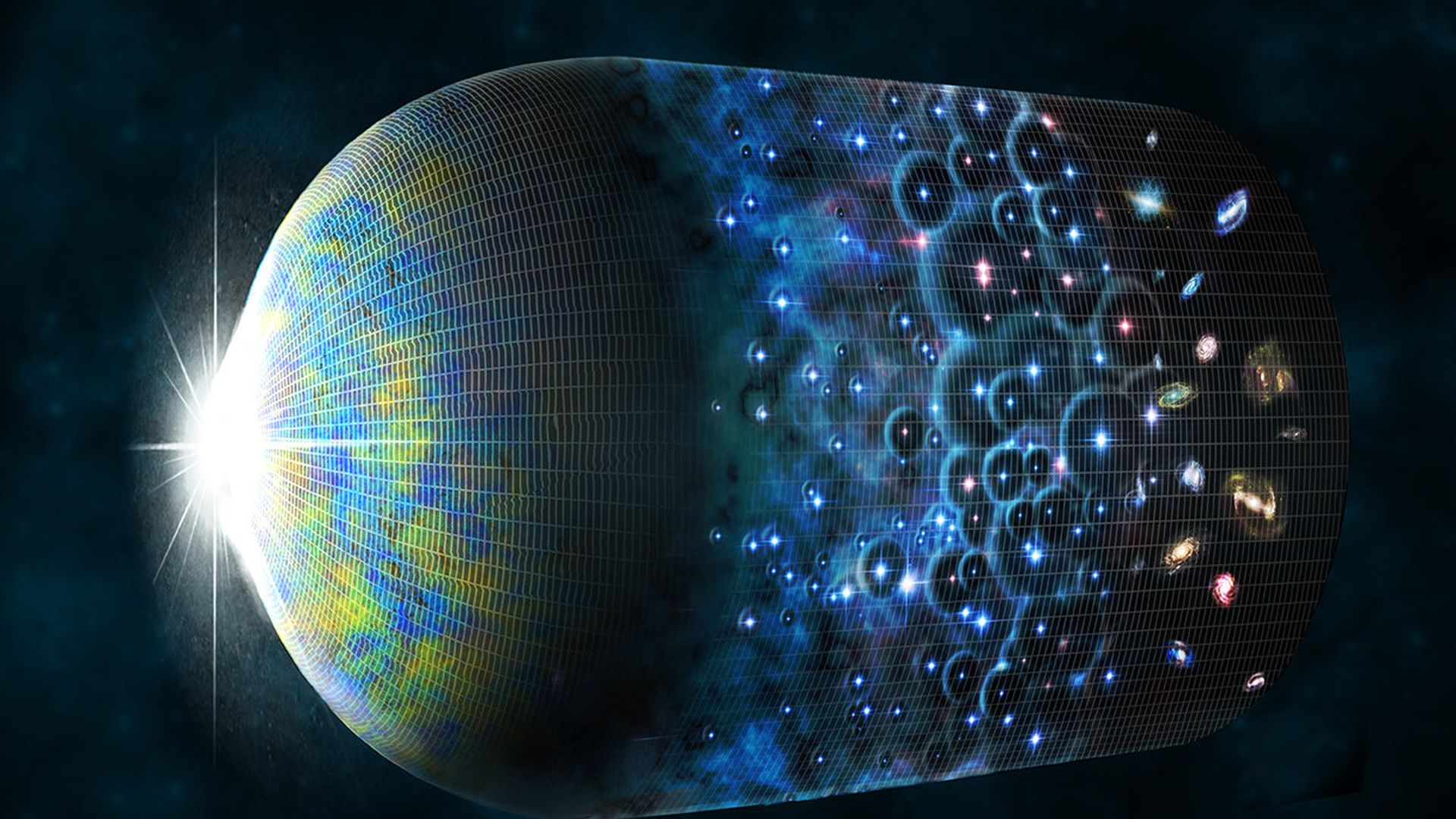
The radiation-dominated era is a fascinating period in the universe's history, occurring shortly after the Big Bang. During this time, the universe was filled with high-energy photons, and radiation was the dominant form of energy. This era lasted until about 47,000 years after the Big Bang, when matter began to take over as the primary energy source. Understanding this era helps scientists learn about the early universe's conditions and the processes that shaped its evolution. From cosmic microwave background radiation to the formation of the first atoms, the radiation-dominated era holds many intriguing facts that reveal the universe's infancy. Let's dive into 30 captivating facts about this critical phase in cosmic history.
What is the Radiation-Dominated Era?
The radiation-dominated era is a fascinating period in the history of the universe. It occurred shortly after the Big Bang, when radiation was the primary influence on the universe's expansion. This era set the stage for the formation of matter and the universe as we know it today.
- The radiation-dominated era began approximately 10 seconds after the Big Bang.
- During this time, the universe was extremely hot and dense.
- Radiation, in the form of photons, was the dominant energy component.
- The temperature of the universe was around 10 billion Kelvin.
- Matter existed primarily as a plasma of protons, neutrons, and electrons.
Key Events in the Radiation-Dominated Era
Several significant events occurred during this era that shaped the future of the universe. These events include the formation of fundamental particles and the decoupling of radiation from matter.
- The universe expanded rapidly during this era.
- The first atomic nuclei formed through a process called nucleosynthesis.
- Photons frequently interacted with charged particles, keeping the universe opaque.
- The universe's expansion caused the temperature to drop gradually.
- Around 380,000 years after the Big Bang, the universe cooled enough for electrons to combine with nuclei, forming neutral atoms.
The Role of Photons
Photons played a crucial role in the radiation-dominated era. They influenced the universe's dynamics and interactions between particles.
- Photons carried most of the energy in the universe during this era.
- The high energy of photons prevented the formation of stable atoms initially.
- Photons constantly scattered off electrons in a process called Thomson scattering.
- The density of photons was much higher than that of matter particles.
- The energy of photons decreased as the universe expanded, leading to a shift from radiation dominance to matter dominance.
Transition to the Matter-Dominated Era
The radiation-dominated era eventually gave way to the matter-dominated era. This transition marked a significant change in the universe's evolution.
- The transition occurred when the energy density of matter surpassed that of radiation.
- This shift happened approximately 47,000 years after the Big Bang.
- The universe's expansion rate slowed down as matter became the dominant component.
- The formation of neutral atoms allowed photons to travel freely, leading to the cosmic microwave background radiation.
- The end of the radiation-dominated era set the stage for the formation of galaxies and other large-scale structures.
Observing the Radiation-Dominated Era
Scientists study the radiation-dominated era through various observations and theoretical models. These studies provide insights into the early universe's conditions and evolution.
- The cosmic microwave background radiation is a relic of the radiation-dominated era.
- Observations of the cosmic microwave background provide information about the universe's temperature and density fluctuations.
- Theoretical models of the early universe help scientists understand the processes that occurred during this era.
- Particle accelerators recreate conditions similar to those in the radiation-dominated era, allowing scientists to study fundamental particles and interactions.
- The study of primordial nucleosynthesis provides evidence for the formation of light elements during this era.
The Importance of the Radiation-Dominated Era
Understanding the radiation-dominated era is crucial for comprehending the universe's history and evolution. This era laid the groundwork for the formation of matter and the development of cosmic structures.
- The radiation-dominated era influenced the distribution of matter in the universe.
- It set the initial conditions for the formation of galaxies and galaxy clusters.
- The era's end marked the beginning of the universe's large-scale structure formation.
- Studying this era helps scientists test theories of cosmology and particle physics.
- The radiation-dominated era provides a window into the universe's earliest moments, offering clues about its origin and ultimate fate.
The Final Word on the Radiation-Dominated Era
The radiation-dominated era was a wild time in the universe's early days. During this period, radiation held more sway than matter, shaping the cosmos as we know it. This era lasted from just after the Big Bang until about 47,000 years later. It was a time of intense energy and rapid expansion. Understanding this era helps scientists piece together the puzzle of our universe's origins.
Knowing these facts can give you a better grasp of how the universe evolved. It’s fascinating to think about how much has changed since then. From the dominance of radiation to the formation of galaxies, stars, and planets, the universe has come a long way. So next time you look up at the night sky, remember the incredible journey that began in the radiation-dominated era.
Was this page helpful?
Our commitment to delivering trustworthy and engaging content is at the heart of what we do. Each fact on our site is contributed by real users like you, bringing a wealth of diverse insights and information. To ensure the highest standards of accuracy and reliability, our dedicated editors meticulously review each submission. This process guarantees that the facts we share are not only fascinating but also credible. Trust in our commitment to quality and authenticity as you explore and learn with us.
